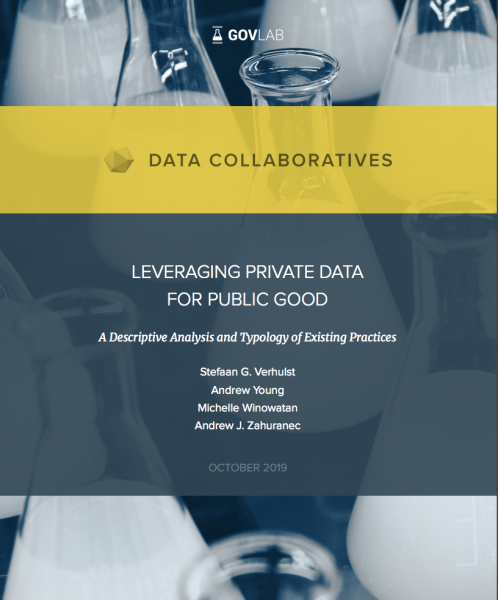Deloitte: “…AI consists of multiple technologies. At its foundation are machine learning and its more complex offspring, deep-learning neural networks. These technologies animate AI applications such as computer vision, natural language processing, and the ability to harness huge troves of data to make accurate predictions and to unearth hidden insights (see sidebar, “The parlance of AI technologies”). The recent excitement around AI stems from advances in machine learning and deep-learning neural networks—and the myriad ways these technologies can help companies improve their operations, develop new offerings, and provide better customer service at a lower cost.
The trouble with AI, however, is that to date, many companies have lacked the expertise and resources to take full advantage of it. Machine learning and deep learning typically require teams of AI experts, access to large data sets, and specialized infrastructure and processing power. Companies that can bring these assets to bear then need to find the right use cases for applying AI, create customized solutions, and scale them throughout the company. All of this requires a level of investment and sophistication that takes time to develop, and is out of reach for many….
These tech giants are using AI to create billion-dollar services and to transform their operations. To develop their AI services, they’re following a familiar playbook: (1) find a solution to an internal challenge or opportunity; (2) perfect the solution at scale within the company; and (3) launch a service that quickly attracts mass adoption. Hence, we see Amazon, Google, Microsoft, and China’s BATs launching AI development platforms and stand-alone applications to the wider market based on their own experience using them.
Joining them are big enterprise software companies that are integrating AI capabilities into cloud-based enterprise software and bringing them to the mass market. Salesforce, for instance, integrated its AI-enabled business intelligence tool, Einstein, into its CRM software in September 2016; the company claims to deliver 1 billion predictions per day to users. SAP integrated AI into its cloud-based ERP system, S4/HANA, to support specific business processes such as sales, finance, procurement, and the supply chain. S4/HANA has around 8,000 enterprise users, and SAP is driving its adoption by announcing that the company will not support legacy SAP ERP systems past 2025.
A host of startups is also sprinting into this market with cloud-based development tools and applications. These startups include at least six AI “unicorns,” two of which are based in China. Some of these companies target a specific industry or use case. For example, Crowdstrike, a US-based AI unicorn, focuses on cybersecurity, while Benevolent.ai uses AI to improve drug discovery.
The upshot is that these innovators are making it easier for more companies to benefit from AI technology even if they lack top technical talent, access to huge data sets, and their own massive computing power. Through the cloud, they can access services that address these shortfalls—without having to make big upfront investments. In short, the cloud is democratizing access to AI by giving companies the ability to use it now….(More)”.

